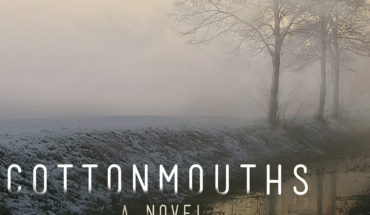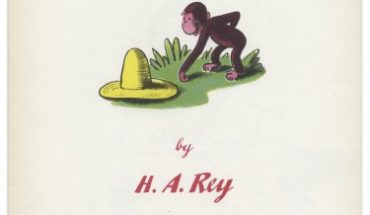
“Wall of Books” by benuski is licensed under CC BY-SA 2.0.
“I tried to like it,” she wrote in a text message. “But I just can’t.”
What? I thought. How can that be? That novel had ripped me to shreds. In a good way. It had been with perfect confidence that I had recommended the book to her. My fingers hovered over my response. Maybe there was still time. I tapped out a reply: “Have you finished it?”
We’d swapped titles since we were fourteen, I already knew she wasn’t the kind of reader to put a book down. It was a point of pride. She always had to finish.
Her response bubbled up on the screen: “I always have to finish.”
Right. So she had encountered all those gorgeous, shattering scenes, but she’d slogged through pages that I had read with my heels dug in, reluctant to reach the end.
“I was so bored,” she admitted. “I couldn’t even find the points that you were talking about, where something important happens.”
Well, shoot. I resisted the desire to summarize in exquisite detail the moments that had hit a chord in me and ask, “Are you absolutely sure you didn’t feel a twinge there? How about there?”
In the end, I admitted defeat. I’d misfired.
*
What should I read?
It’s a delicate question for writers and readers and teachers and other word-hungry people. When we recommend a book (or let’s say, when we decide to write a book…), we are dealing in a precious currency: the minutes and hours of another person’s life.
We imply that the experience will be worth it.
We hope that we are right.
If the recommendation is direct and sincere—the personal recommendation (“You should read this”) rather than the blanket recommendation (“All of you should read this”)—then the stakes are that much higher. The very experience of reading becomes overlaid with new meaning, a meaning connected to the work but also external to it and over which the author has no control. The story serves as a vehicle between two people, a letter that neither wrote but expresses something that one reader wants to share with the Other Reader, a message often filtered by shared memories and personal histories and situated in time and place. The reader engages with the story both as Herself and in conversation with the Other: How did she read this story? Why did it affect her? How does it affect me?
If reading and storytelling allow us to practice empathy (and I believe that they do…), then such experiences gain dimension when the text is linked to another reader with whom we want to connect.
Consider the bookmark left in the novel that a loved one was reading when she died. On what sentence was her life interrupted?
The pile of books on a lover’s bedside table. On what does his mind feed?
The parent who picks up the text his reticent teenager is reading. In what world can I find you now?
We search for the Other Reader in the books that we share. We retrace the path of words over which they have tread and seek out signs of them along the way. In some cases, the book can never be read again without consideration of the Other. I will always read Gone with Wind in my mother’s voice. The works of David McCullough are inextricable from thoughts of my father. My high school English teacher sits perpetually inside A Room of One’s Own, her presence every bit as palpable as the ideas of Virginia Woolf contained within.
I would venture to say that we all have such a relational library: a shelf set aside in homage to those who once urged us to read the books.
And if we are lucky enough to own the actual book that once belonged to the Other Reader, we may also stumble upon the physical signs of their reading. Breadcrumb marginalia, the scratchings of their thoughts, marks a path through the pages. Beach sand falls from the binding. A yellowed receipt or a desiccated leaf drops from between the pages. A circular, ginger-colored stain low on the page reminds us of the mornings when he used to read before heading off to work.
Evidence, all of it. They were here.
No matter how many times we move, from dorm to apartment, from apartment to house, purging and accumulating and editing our possessions as we go, that box of books comes with us.
We set up the temple in the next place.
As writers, we hope that our work is passed on like this, gifted from one reader to the next and woven into a wider conversation. We let stories go; we pray they travel far; and we cannot predict what they will become outside of us. Time will tell if we’ve been able to touch some edge of that mystery of art: the capacity to evoke a response both personal and universal.
Sometimes we don’t get it right, both in the writing and the recommending of a story.
The intended response falls flat.
What we wanted a reader to feel, she does not.
Such a failure of the outcome is, I think, far less important than the effort to connect in a genuine, human way.
*
My phone buzzed again in my hand.
“I tried,” my friend wrote.
It was such an earnest phrase, akin to saying, I wanted to love this, and when I couldn’t, I tried to see what you loved in it.
“I know,” I replied. And then: “Give me a title. Something you love. Let me try.”



6 comments